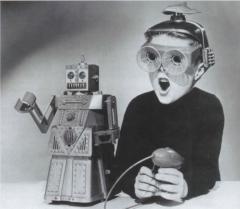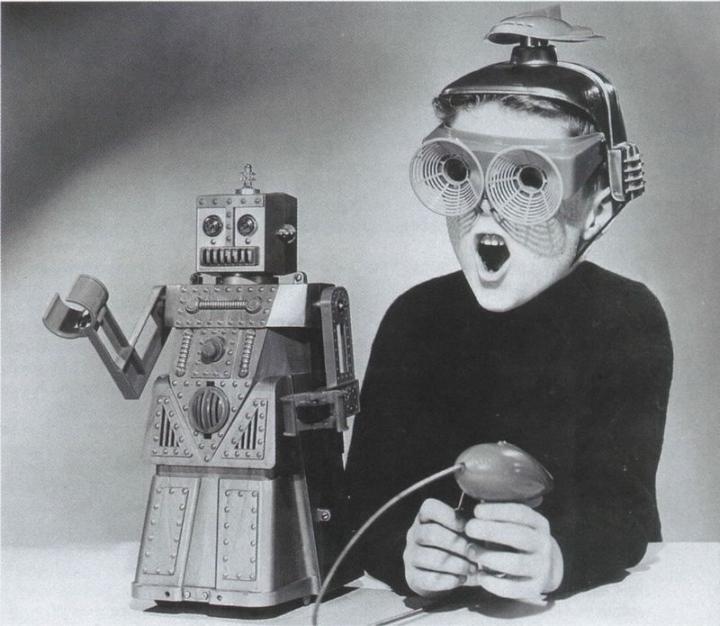Activity
Mon
Wed
Fri
Sun
Oct
Nov
Dec
Jan
Feb
Mar
Apr
May
Jun
Jul
Aug
Sep
What is this?
Less
More
Memberships
SpaceCat's Game Dev Heroes!
125 members • Free
2 contributions to SpaceCat's Game Dev Heroes!
Why I'm here
Hi folks, By day I'm a mobile developer working in the digital accessibility space. Aside from always wanting to crack into game dev, my goal right now is introducing developers from all kinds of spaces to digital accessibility in a fun way: i.e. an empathy lab that is less about creating sympathy and more about creating discussions of different types of ability. I'm trying to inspire good engineering practices rather than "require" them. I learned so much from @Space Cat 's "Noob to Pro" course - namely the three elements of "fun" and how they apply to all software engineering, not just games. Users of all types are trying to complete a task, and the challenges that developers present to users need to be intentional, because then we can help then achieve their goals. What I am planning to do is write a few basic games and run them on a portable arcade machine that runs on a raspberry pi. I have also been learning from the blind game pico8 community how they incorporate screen readers and made some adjustments of my own for Mac (the system on which I dev) and Raspberry Pi (my target system). My first game is not quite ready yet, but I'm getting there. It's @Space Cat 's Flappy Bird tutorial with some additional embellishments and accessibility options: 1. A custom menu to ensure that the screen reader can access it. A request has already been made to do this with the built in menu on the forum 2. Control configuration: you can change the flap from a button mash to an arcade stick "up" (more to come) - you can also go into "feather mode" so there is no mashing (motion accessibility) 3. Pipe gap gradually reduces - no one I have tested the original version with got any score 4. Radar - when you're in line with each pipe, there is a blip sound that get's faster the closer you are to the pipe - lower for the the lower pipe, higher for the upper pipe 5. Clouds on/off for motion related disabilities 6. Visual reduction for increased difficulty
Welcome to our brand new community!
What do you want to learn first with Pico-8 and Game Dev??? Comment below!!!

1 like • Aug 24
@Space Cat Don't really have a favorite, as I bounce between games so much. Really depends on my mood "of the week/month". Recently enjoyed completing Bomb Rush Cyberfunk, and am now trying to finish Tunic. Though, I could just as easily wake up and want to play a fighting game, FPS, TCG, RGP, MMO, etc.
1-2 of 2
Active 22d ago
Joined Aug 24, 2025
Powered by



